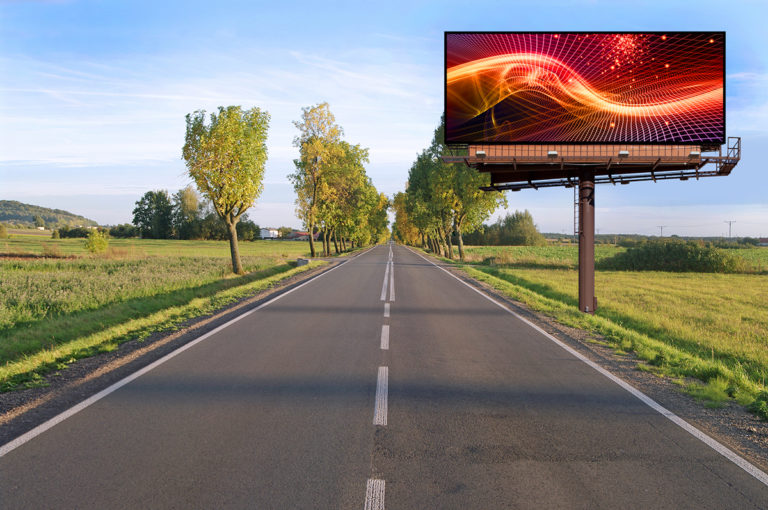2 places you need to be deploying DOOH

DOOH is a rapidly expanding market, since many advertisers are seeing the value in buying space on a digital billboard rather than investing in static billboards. There are many benefits to using DOOH such as being able to change content rapidly, test different types of content or deliver dynamic campaigns. Even with all these benefits, there are still places where DOOH is pretty rare.
There are many reasons why DOOH might fail to take off in certain areas such as:
- Advertisers are used to dealing with static billboards and are unsure how to handle DOOH.
- The area is fairly remote or far away from major cities.
- There aren’t many vendors available.
- The cost is too high for businesses in the area.
However, if you really want to get a leg up in the OOH space, you should be considering either deploying digital billboards of your own or take advantage of outdoor displays in your area, particularly in the rural interstate space and downtowns of smaller towns and cities.
Rural interstates
Once you reach the rural part of most interstates, the billboards get a bit sparser. Those that are around tend to advertise businesses such as McDonald’s, which are often 10 miles away. Although some local businesses might buy out a billboard, these billboards can often be heavily faded or damaged due to lack of maintenance.
DOOH can really help boost your chances for success in rural areas. Because the displays are brighter and more colorful than a static display, it will instantly draw the attention of bored drivers. In addition, these displays will allow local businesses to more easily reach out to travelers and locals alike.
Rural DOOH displays can also help raise money for disadvantaged groups, which can deploy their own displays and sell advertising space, such as Native American tribes.
Downtown in the small town
Many small towns and cities have artsy downtown areas with unique small businesses, but these areas rarely get the love and attention they deserve. There might be a great family-owned restaurant in the area, but few people other than dedicated locals would know about it. That’s where DOOH comes in.
By deploying interactive digital signage kiosks, towns can provide maps and information on local businesses, attractions and events for both locals and visitors.
Small towns can also raise funds by selling advertising space on the displays, which can either play on the sides of the display or cycle through when the display is not in use.
By utilizing this DOOH tool, small towns can get a little piece of the smart city without all the traffic.
Source: Bradley Cooper

